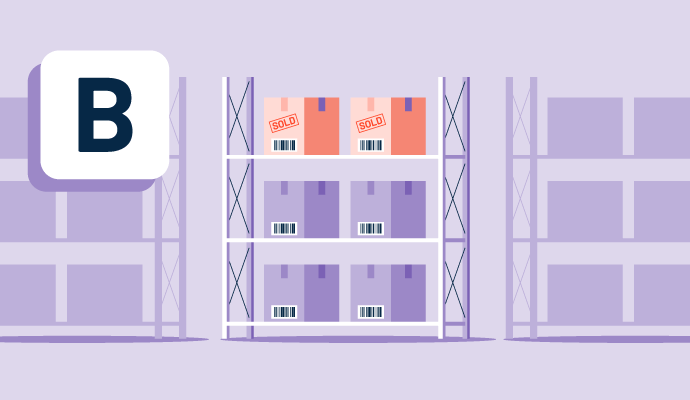What is a bill and hold?
A bill and hold transaction occurs when goods have not yet been delivered, but the seller still records the revenue. Due to the risk of fraudulently recognizing revenue too early, organizations that utilize this method must adhere to strict requirements.
The Securities and Exchange Commission (SEC) is not fond of this transaction method and typically does not allow it, as revenue is generally recognized once the customer receives the goods.
Bill and hold transactions sometimes give sellers the performance obligation to act as the custodian for the goods held at the organization. In this case, a portion of the transaction price might need to be allocated to the custodial function, and the revenue must be recognized throughout the custodial period.
To keep track of billing and revenue information, a business often uses billing software to send invoices, request payments, and improve the accuracy of its billing processes.
SEC requirements for bill and hold transactions
To achieve revenue recognition compliance, organizations must only use bill and hold transactions for situations that are in accordance with the specific criteria of ASC 606 and IFRS 15. The SEC summarizes those requirements into the following:
- Ownership risks: The risk of ownership must belong to the buyer. This means the seller is no longer responsible for the product, except in a custodial sense if the seller stores the product for the customer.
- Written commitment: The buyer must have committed to buy the goods in writing.
- Reason: The buyer must have requested that the seller hold the goods for a business-related purpose. For example, the customer might be moving business locations and won’t have a place to store the product for a period of time.
- Set delivery date: The seller and buyer must agree upon and schedule a reasonable delivery.
- Status of the goods: The goods promised must be complete and segregated from other products so they won’t be used to fill orders from other customers.
Additional SEC considerations
Some bill and hold transactions are more complicated than others. To ensure all bill and hold transactions are compliant, the following factors are also considered when determining whether to allow a transaction:
- Modification extent: How much the seller is altering its standard terms for the specific transaction.
- Transaction history: The seller’s history of using this type of transaction.
- Market value: The extent to which the buyer will lose if the market value of the product declines post-purchase.
- Holding and custodial risk: The extent to which the holding risk of the seller can be insured. The risk of loss incurred on the product in the seller’s custody must be insurable and insured.
- Contingent sale possibility: The extent to which the seller’s holding of the goods creates a contingent sale that could potentially be rejected.
Contracts with Customers requirements
IFRS 15 outlines a similar set of requirements. Necessary conditions for bill and hold transactions according to the IFRS 15 from Contracts with Customers accounting standard include the following:
- Adequate reason: The seller must have a good reason for keeping the goods in their possession. An example of this would be a direct request from the customer.
- Alternate use: Goods are not to be redirected to other customers or for internal use.
- Complete: The product must be complete and ready to be delivered.
- Identification: The goods must be specifically identified as belonging to the customer.
Bill and hold best practices
Preventing fraudulent revenue recognition is the top priority for this type of transaction. Below are three best practices businesses can follow to stay compliant:
- Meet the criteria. These transactions must adhere to the strict set of criteria outlined above. Violating the requirements can lead to SEC fraud cases.
- Do not abuse the system. Organizations cannot use bill and hold transactions to “channel stuff” (inflate revenue for a specific accounting period).
- Determine performance obligations. Storage service is a performance obligation as long as the customer benefits from the service separately and the service is distinct from other promises.

Martha Kendall Custard
Martha Kendall Custard is a former freelance writer for G2. She creates specialized, industry specific content for SaaS and software companies. When she isn't freelance writing for various organizations, she is working on her middle grade WIP or playing with her two kitties, Verbena and Baby Cat.

